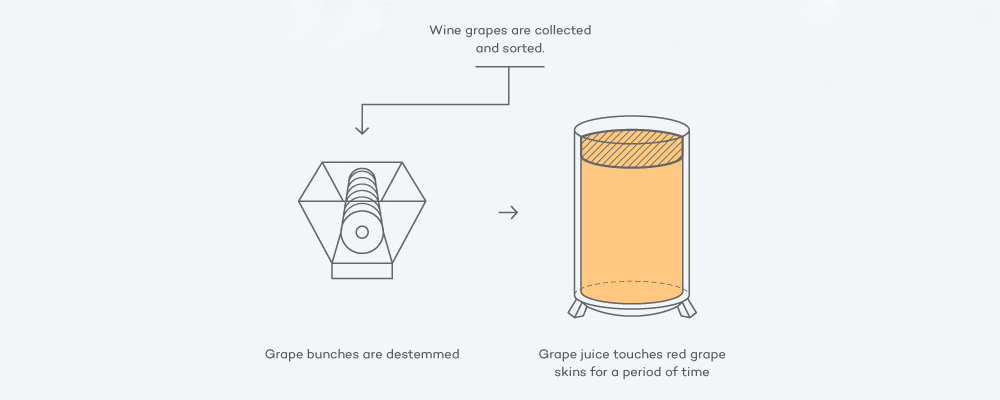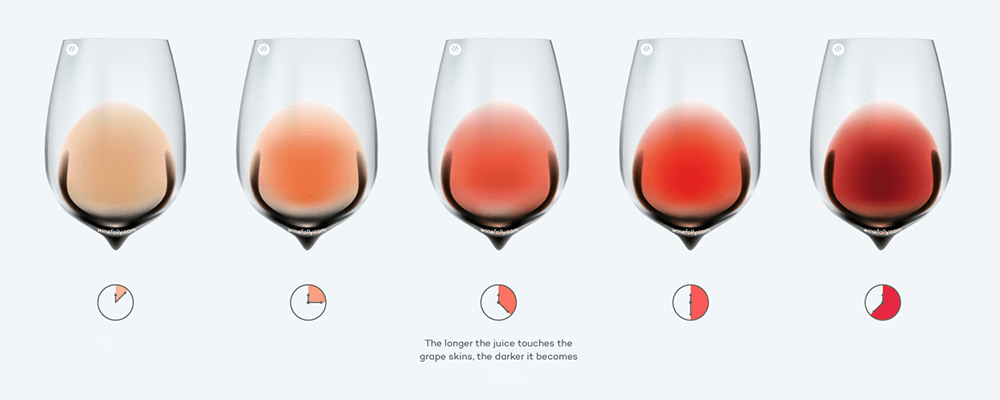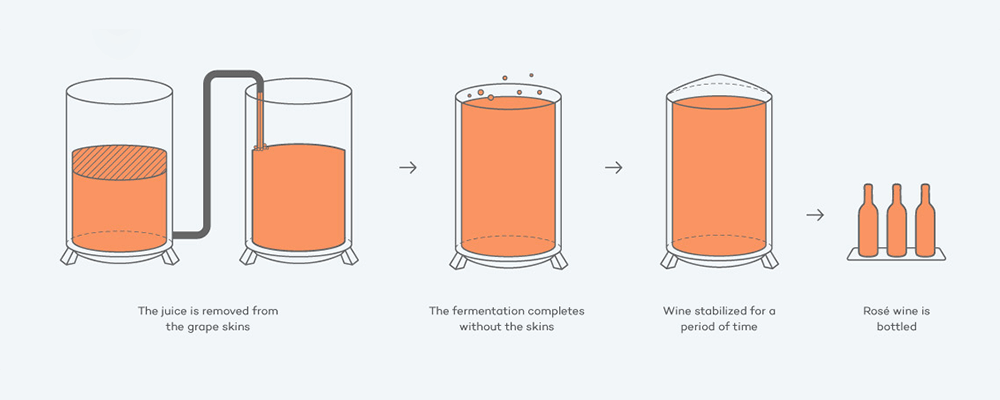Rosé Wine
When people speak of rosé or blush wines, they are referring to a refreshing wine whose hue ranges anywhere from a lovely light pink all the way to a deep pink. The thing with the colour though is that it is not vibrant enough for the wine to qualify as a red. However, there is more to this wine than the colour as you will see.
Creating blush wine follows similar processes to that which people use when creating other kinds of wine and that is what makes it so interesting. Whatever grape variety you can use in creating other wines will work for this wine. With a few alterations here and there and ensuring that there are pigments in play, you should end up with an impeccable bottle of wine. But it’s not all that simple as you have to make some changes in the sitting time to get it right.
There is not much restriction when it comes to the grape varieties you can use. And given how fast this wine has become popular, people are exploring new options by the day, thus coming up with more varieties for wine lovers.
Below, find information as to what you need to hack blush wine as well as what grapes will come in handy in the process.
The Process
Creating blush wine is quite different from creating other types of wine for a number of reasons. The first one is that it requires both white and red grape varieties, other wines often use one. The second one is that the primary way to make it looks a lot like the steps you would follow when creating white wine. The difference comes in because of the added maceration time at the start of production. This process affects the colour of the wine and the longer the process takes, the more the hue. The following three methods are the standard ways of producing this wine, each with its advantages. Have a look:
First
The first method is very interesting as it is dependent on making red wine. As the production process takes place, there is a bleed-off which gets used to make blush wine. How interesting is that!

Second
The second method uses a short sitting time, and as such, the wine does not take in much of the colour. For this reason, the hue is very light.

Third
The third technique is great when dealing with large volumes of wine. For this, you need to let the juice sit on the skins for an extended period as this will enable the wine to soak in the colour. Wines made using this method boast of a lot of colour.

Types of Rose Wine
There are many blush wine options on the market at present, and the key lies in knowing what you like taste-wise. This list should come in handy:
- Dry Wine - Whenever you see the word dry, it loosely translates to not sweet. Funny enough, this is the most popular option around the world as at now. And not just for rosé but for other wine varieties as well. The wine-makers specializing in this type of wine will blend anything from two to three grape varieties to get the mix that they want. Sometimes, you find that only one grape variety is in use though. However, the standard thing is that there are no interruptions in the production and thus there is no residual sugar in the process. The notes and aromas differ based on the grape in use.
- Sweet Wine - As long as the wine-maker ensures that they do not ferment all the sugar into alcohol, the result will be excellent. However, it is not a popular wine on the market at present.
It does not take much time for these wines to come into the market. One year of waiting and you should have a delicious wine headed your way. And you can use wine in crafting delicious cocktails during the summer. Here’s to pink sweetness!